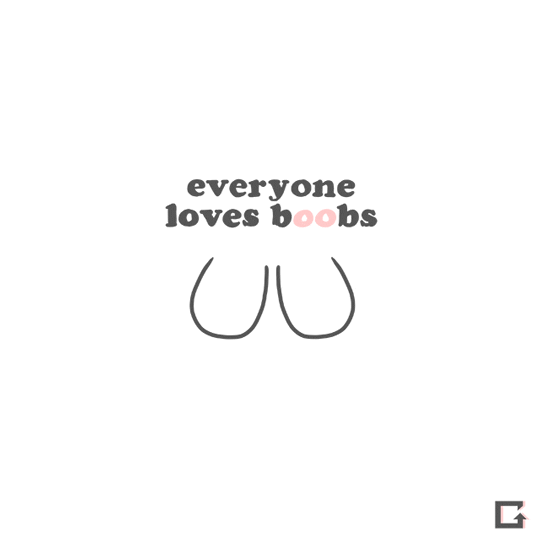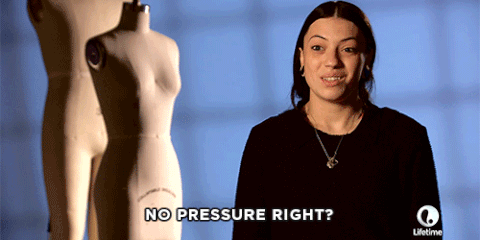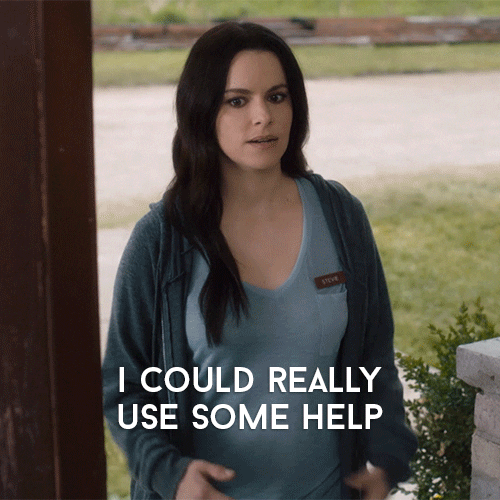
The first week of August is celebrated as World Breastfeeding Week every year to create more awareness about breastfeeding and to encourage it. We earlier discussed with two mothers how it’s a topic that needs to be brought to everyone’s attention more. Even Monday’s talk with Neha Dhupia enlightened us on the need to make breastfeeding accepted in general. As promised, we got in touch with experts and got some common questions answered.
Effath Yasmin is India’s leading IBCLC & a Biodynamic Craniosacral Therapist from Mumbai, India. Her special interests lie in Infant Oral and Sucking Dysfunction, Tongue-Tie—Assessment, Treatment & Rehabilitation, biomechanics of breastfeeding and treatment of birth trauma, anxiety and depression.
Q. Can you explain the biology of breastfeeding? How does it work?
Breastfeeding is a complex dynamic interaction; an exchange of life-giving biochemical interaction between mother and baby. It is a continuum from placental feeding in the womb to frequent feeding at the breast. When the baby feeds at the breast, a sensory impulse is sent through the mother’s breast to release the hormones, prolactin and oxytocin. During breastfeeding, the prolactin levels increase to stimulate production of milk, and oxytocin helps to release the milk.
Q. Are there different styles of latching?
A baby can be supported to attach on the mothers breast in various ways to increase the comfort and functionality for pleasurable and affective transfer of milk during breastfeeding. A, A—symmetrical latch, ensures the baby latches deeply. Various positions can support a deep latch, starting with biological nurturing position, football hold or cradle or cross-cradle hold.
Q. Which are the different types of positions a new mother can try for breastfeeding? Are there specific ones for mothers who had a C-Section surgery or for those who give natural birth?
Most positions mentioned above as well as the straddle-hold and with the baby lying down in bed positions, are helpful for those who’ve experienced a natural birth or a C-Section. The laid-back position/ biological nurturing position or football-hold can be particularly helpful to those who’ve had a C-Section.
Q. What are the common myths regarding breastfeeding?
- Low milk supply—most mothers make way more milk than the baby might need, since breast milk production is regulated by the endocrine system, during the first eight to ten weeks. Post 10 weeks, the milk production is regulated by the baby’s efficiency at suckling.
- Use of pre-lactirial feeds instead of providing mothers early milk called colostrum. Colostrum is the baby’s first natural vaccination, which protects a baby’s fragile immunity.
- Mothers need to know that they start to produce early milk called colostrum in the second trimester of pregnancy. Therefore, the assumption that most mothers don’t have any milk after birth is false.
- Allowing mothers to rest after birth and caring for a baby in the nursery. This practice is very detrimental as it hinders early initiation of breastfeeding. The practice of skin-to-skin contact between the mother and baby immediately after birth (an uninterrupted skin-to-skin for the first one to two hours) can prevent major issues of breastfeeding.
Q. Are there any ways for adoptive and non-gestational mothers to stimulate milk production?
Yes, in order to induce lactation, a mother is taught to stimulate her breast using hand expression (using your hand to rhythmically compress your breast so that milk comes out), or machine pumping. This mechanism is also supported by prescribing some herbs, medicines, and galactagogues. Very often the mother is able to induce lactation within a couple of weeks of following the protocol. A similar approach and protocol is used for mothers who have weaned their babies due to some breastfeeding issues with no proper support. This is called re-lactation.
Q. Is there any process involved where breast milk is tested? If yes, what are the general reasons why it needs to be tested?
Breast milk when tested in the laboratory often shows decreasing bacterial activity which indicates that the breastmilk contains highly active and potent enzymes. A breastfeeding mother may not be required to do any testing. However, sometimes it is tested for presence of pus cells if a mother has a breast abscess or she requires to time her feeds after consumption of alcohol.

Q. What advice would you give new mothers about breastfeeding, in general?
Mothers who wish to breastfeed their babies need to prepare for a well-supported birth, and plan to facilitate safe birth. This may require her to begin working towards this goal very early in pregnancy.
Q. What advice would you give to the support system—people who are helping the new mothers?
A new mother’s confidence and her ability to mother her baby is very fragile. Therefore, it’s critical for the support system to be the custodian, and safeguard this vulnerable and fragile situation of a new mother.

Adhunika Prakash, who is now a certified Lactation Educator and Counsellor, founded a Facebook group Breastfeeding Support for Indian Mothers (BSIM). It’s a peer-to-peer support group for breastfeeding mothers, their partners and family members.
Q. What made you start this group?
It was in June 2013, when my son was 11 months old, and I was breastfeeding him. He would breastfeed a lot and very often. Nobody had told me that breastfeeding would be so difficult, and more than that…something that society still doesn’t acknowledge and appreciate. I wondered why it was such that the fascinating facts about breastfeeding were not known to most? Keeping that in mind, I set up a Facebook group to connect with other women and make them feel less lonely, and more supported. I would post every day lesser-known facts about breastfeeding, about how women can decipher if they’re making enough milk for their child or not, and other such information.
Q. Do you think there is enough information for new mothers to refer to and prepare before they are due?
Honestly speaking, there is a plethora of information available. There are books, there is the internet, but how does one know what is right and what is not? There is plenty of conflicting information out there and one needs to know how to weed out the unwanted information. Then we have well-meaning friends and family members who want to give us all the information they have. Yes, there is enough information. But is there enough right information, or are there any guidelines for finding the right information, is the question.

Q. Why do you think breastfeeding is not discussed openly, in general?
A few generations ago, breastfeeding was the norm, so nobody had to discuss it. Everyone saw women breastfeeding out in the open. There were enough family members to help each other if there was a problem. Like we don’t discuss sleep or food till there is a problem, breastfeeding wasn’t discussed specifically. But now things have changed. With formula being freely available, women working outside homes, the rise of nuclear families, and plenty of wrong information available all over the place, there is an urgent need for us to discuss breastfeeding openly.

Q. What are the most common issues faced by new mothers?
As I said above, the amount of information that mothers have to weed through is the biggest problem. Finding the right source and help is quite important. Failure on the part of a support system is one of the major reasons for a mother to not be able to breastfeed. The support system starts at home: the spouse, parents, in-laws, family and friends and the next level is that of the doctors and medical professionals (including lactation professionals). These two are interconnected, as at times, the family is ready to listen if the doctors say something.Mothers who are employed face additional issues at offices like unavailability of pumping facilities, storage problems, finding time to pump, etc. Then there are mothers who struggle to nurse in public and they are asked to move away when they feed their babies. So basically, a mother is not allowed to lead a normal life when she is feeding which could possibly even lead to post-partum depression. Coming to which, we don’t have a system where we acknowledge PPD or help a mother who is going through PPD. We try and brush it under the carpet as much as we can.We need to understand and acknowledge that breastfeeding does not come easily to everyone. When there is a problem, we need to ask for help. And seeking help at the right place and at the right time is quite important in this case. It is important to find a support system, where the mothers get the right solutions to their breastfeeding problems.What do you think we can do to spread more awareness about breastfeeding? Let us know in the comments below.We often have such conversations on Malini’s Girl Tribe. To be a part of them, join the Tribe here!

